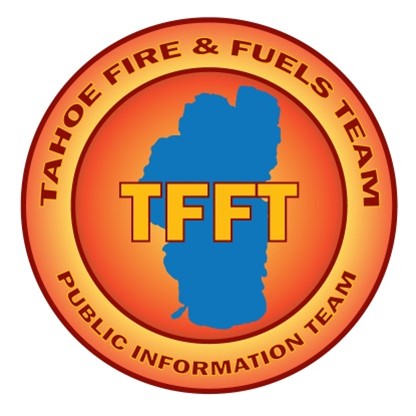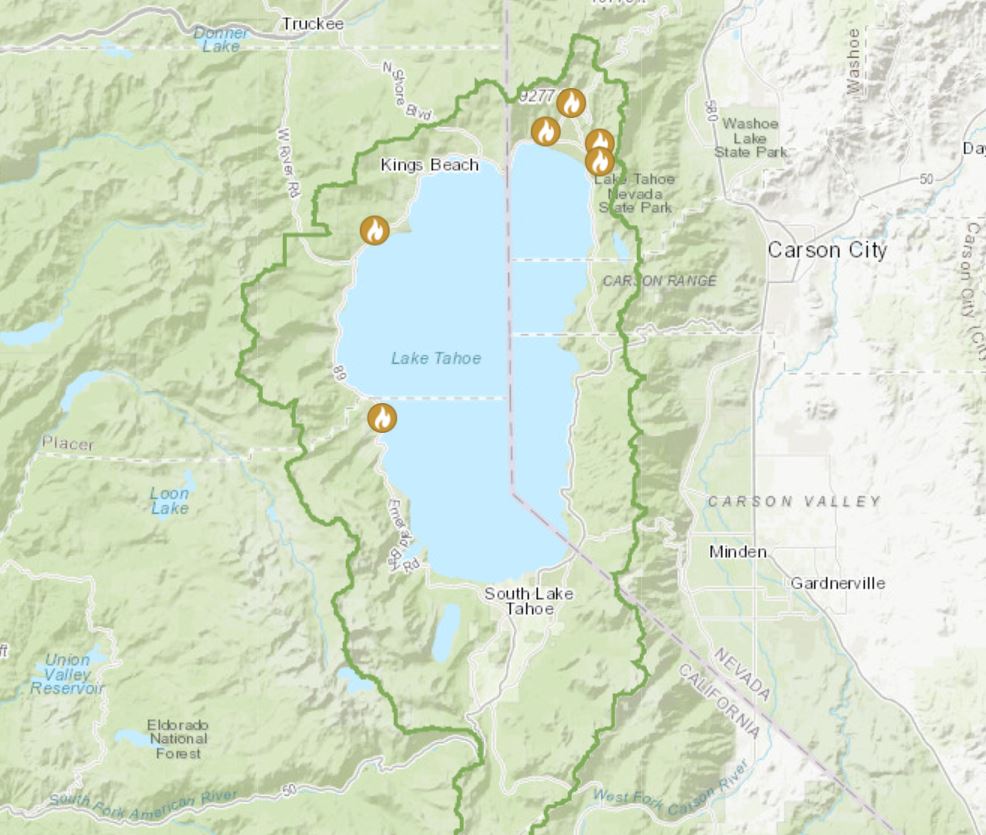LAKE TAHOE PRESCRIBED FIRE OPERATIONS RESUME AFTER THANKSGIVING

Contact: USDA Forest Service, Lisa Herron (530) 721-3898
LAKE TAHOE, Calif./Nev., Nov. 16, 2021 – The Tahoe Fire & Fuels Team (TFFT) will resume fall prescribed fire operations after the Thanksgiving holiday and will continue burning throughout much of the fall and winter season, conditions and weather permitting. Prescribed fires help land managers reduce hazardous fuels that can feed unwanted wildfires. Smoke will be present. A map with project locations and details is available at tahoelivingwithfire.com. To receive email prescribed fire notifications, send a request to
Fall and winter bring cooler temperatures and precipitation, which are ideal for conducting prescribed fire operations. Each operation follows a specialized burn plan, which considers temperature, humidity, wind, moisture of vegetation, and conditions for dispersal of smoke. All this information is used to decide when and where to burn.
Smoke from prescribed fire operations is normal and may continue for several days after an ignition depending on the project size, conditions, and weather. Prescribed fire smoke is generally less intense and of much shorter duration than smoke produced by wildland fires.
Prescribed fire managers use different methods to reintroduce low intensity fire in forests including pile and understory burning. Pile burning involves burning slash piles that are constructed by hand and mechanical equipment and is intended to remove excess fuels (branches, limbs, and stumps) that can feed unwanted wildfire. Understory burning uses low intensity fire on the ground (the understory) to remove excess vegetation (fuels) under specific environmental conditions with fire confined to a predetermined area. Understory burning produces fire behavior and fire characteristics required to attain planned fire and resource management objectives.
Prior to prescribed fire ignition, there is close coordination with local and state air quality agencies to monitor weather for favorable conditions that can disperse smoke. Crews conduct test burns before igniting a larger area to verify how well the vegetation is consumed along with how the smoke rises and disperses before proceeding.
Prescribed fire signs will be posted on roadways in areas affected by prescribed fire operations and email notifications will be sent to the Prescribed Fire Notification List. The TFFT gives as much advance notice as possible before burning, but some operations may be conducted on short notice due to the small window of opportunity.
To learn more about living with fire, visit https://tahoe.livingwithfire.info/get-informed/understanding-fire/.
